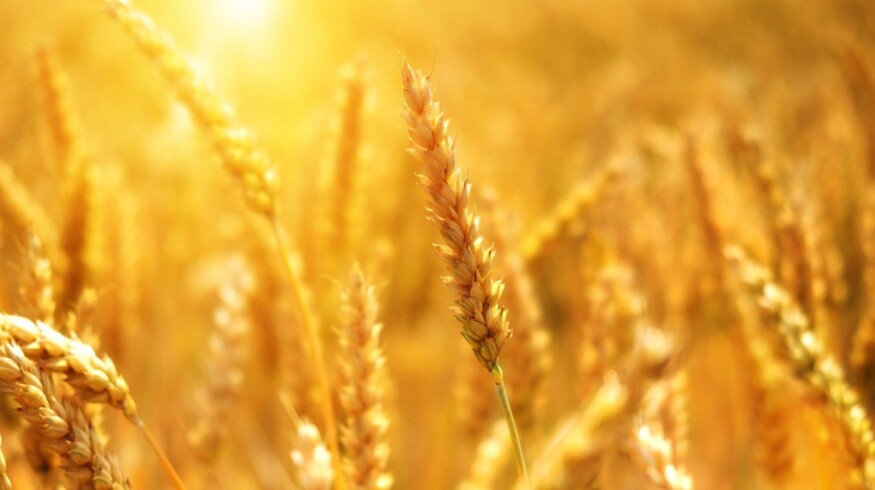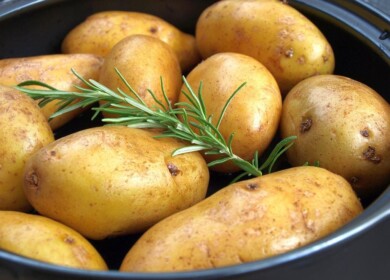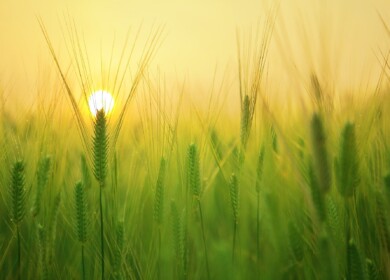Problems and prospects of agriculture were discussed in Moscow

On December 10, 2021, Moscow hosted the XXI annual conference on investments in agriculture “Agroholdings of Russia-2021”. This key event organized by the Agroinvestor journal has completed both the calendar and investment year in the agricultural sector. Over 30 experts in agribusiness spoke at the conference. The conference, divided into five sessions, was attended both online and offline by more than 200 people associated with agriculture.
“Based on the polls, Agroinvestor can claim that this year turned out to be even more difficult than 2020. Unfavorable weather conditions, animal diseases, price hikes, market regulation measures, COVID-19 – all this interfered with stable operation. For the first time in several years, agricultural production declined by almost 3% following the results of 10 months,” began the conference Inna Ganenko, Chief Editor of Agroinvestor.
During the session “Results of the Russian agriculture in 2021”, analysts reported the preliminary production and financial indicators for 2021 in the agro-industrial complex, outlined the price environment in world markets, discussed exports trends and the place of Russia in global food supplies.
By the end of 2021, the Federal Center Agroexport predicts another record in the volume of export of agricultural products. As of November 28, Russia shipped products to 161 countries (150 countries in 2020) for over $31 billion, which is $5 billion more compared to the last year. The experts also noted the promising African markets, where products from the USA, China and Turkey can already be found.
In 2021, among livestock products, the prices for poultry and eggs showed the strongest dynamics (up to a 30% increase), and among vegetable growing, it was cabbage (+99%) and tomatoes (+ 65%).
Experts assume that the global crisis with nitrogen fertilizers may further boost prices. Besides, crop production is becoming more vulnerable due to climate change, while animal diseases affect livestock production. At the same time, they predict that next year the overall economic situation will stabilize: the impact of force majeure will decline, but tensions in global logistics will increase. The increase in meat production will continue, however, one shouldn’t hope for positive dynamics in pork and broiler meat exports. Due to the big gap in foreign and domestic prices, the government is expected to impose regulatory measures, for example, additional imports of Brazilian meat.
The next session “Results and forecasts in the main agricultural markets” considered the results of the last months of work and forecasted for the main sectors of grain and oilseeds, dairy farming, pig and poultry farming, greenhouse vegetable growing. Experts believe that this year, Russia will hold the leadership in the world wheat market.
“It’s often said that Russia would lose the lead in wheat exports this season but this is not true. The European Union, the main competitor of Russia in the export of crops, is unlikely to fulfill the export volume of 33 million tons of soft wheat that Russia can supply to foreign markets. This means our country will keep first place in the niche this season,” assured Igor Pavensky, Marketing Director of Rusagrotrans.
The promising markets are also being developed. 660 thousand tons of wheat have already been exported to Saudi Arabia during the last five months alone, while during the entire last season, it was exported only 124 thousand tons. 268 thousand tons have been exported to Algeria (76 thousand tons last year).
The import of vegetables is declining due to the increasing area of greenhouse complexes in Russia, which this year exceeded 3 thousand hectares, of which about 1 thousand hectares are winter year-round greenhouses. Russia provides itself with cucumbers by 96-97% and imports about 30% of tomatoes. The gross harvest of vegetables this year will exceed 1.5 million tons (1.4 million tons in 2020). The cost of production increased due to the rise in the fertilizer prices and other means of production, profitability fell from 16% to 7%, and prices remained on average at the level of 2019 due to increased internal competition. The Ministry of Agriculture of Russia will allocate subsidies for year-round greenhouses next year.
The spread of African swine fever (ASF) in 2021 neutralized the growth in pork production and led to an increase in wholesale prices by 20% and retail prices by 14%. However, in November, prices dropped due to the recovery in output volumes. The state decision on duty-free import of pork during the next six months can lead to further decline in prices and a drop in the industry’s profitability, especially since export opportunities are limited.
The annual volume of poultry supply increased by 8 thousand tons, and the export volumes exceeded last year’s figures. The experts also noted the steady growth of the industry from 22 thousand tons of meat in 2006 to 400 thousand tons this year. Russian turkey breeders intend to become second in the world after the United States in terms of production: 650-800 thousand tons of meat per year and 55 thousand tons of exports.
The production of milk has also increased by 3.5% over the past seven to eight years, the processing has grown and the imports have declined, while exports have increased by 20% on average.
This year, the government introduced export duties on oilseeds and sunflower oil. Experts are concerned that in early 2022, the sunflower market may face a serious adjustment or collapse. In the worst scenario for farmers, a ton of oilseeds will cost 30 thousand rubles (about $410). The decline in prices will be the result of curbing the supply of raw materials.
During the evening sessions, speakers reported that the market regulated the increased prices for vegetables, and now potato producers are doing quite well. The representatives of the industry invited everyone to join their business, warning that 100 hectares of potato require 300 million rubles (over $4 million) of capital investments.
Enjoyed this story?
Every Monday, our subscribers get their hands on a digest of the most trending agriculture news. You can join them too!















Discussion0 comments